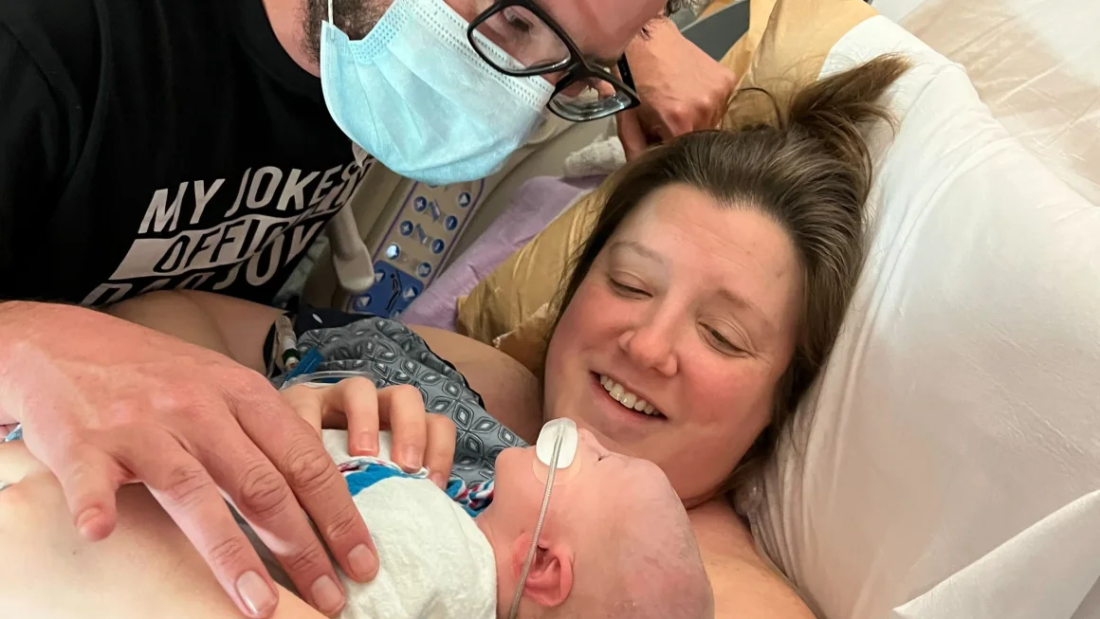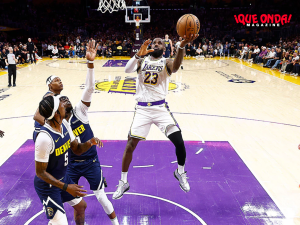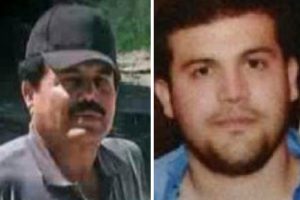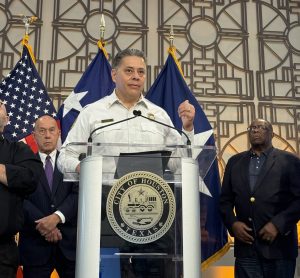
In a medical milestone, Owen Monroe, at just 18 days old, became the first person worldwide to undergo a partial heart transplant in 2022. His groundbreaking surgery has not only captured the attention of Hollywood, with his story featured in a recent episode of “Grey’s Anatomy,” but now, a study published in the Journal of the American Medical Association (JAMA) highlights another significant achievement in the procedure.
Owen’s doctors have documented the unprecedented growth of the tissue used to repair his heart, marking a crucial advancement in this type of pediatric cardiac surgery. Published on Tuesday, the study reveals that, for the first time, the tissue has adapted and grown along with Owen’s development, presenting a potential solution for pediatric patients with similar congenital heart defects.
At the time of the initial surgery, Owen’s heart was the size of a strawberry. Now, at 20 months old, it has expanded to about the size of an apricot. Remarkably, the new valves and blood vessels have seamlessly kept pace with his growth, offering the hope that he may not require additional risky heart surgeries throughout his life, a common concern for children born with such defects.
Researchers have long sought to achieve the growth of heart valves through tissue engineering, using lab-grown cells. While successful in animals, this approach had not yet proven effective in humans until Owen’s case.
Dr. Kathleen Fenton, Chief of the Advanced Technologies and Surgery Branch of the National Heart, Lung, and Blood Institute, hails this development as a “huge advance” but stresses the need for ongoing research to assess the long-term outcomes. Fenton, who was not involved in the research, emphasizes the potential for this groundbreaking procedure to offer a lifeline to children with limited treatment options.
Since Owen’s pioneering surgery, 12 additional partial heart transplants have been performed in children, with nine at Duke Health, the hospital responsible for developing the operation. The technique has not only provided hope for individual cases but has also facilitated “domino transplants” and split-root transplants, allowing a single donor heart to save the lives of two critically ill infants.
In a domino transplant, the first child receives a whole donated heart, while the second baby benefits from the healthy blood vessels and valves from the first infant. The split-root transplant involves the donation of functioning heart parts to two infants, showcasing the potential to utilize donor parts that were previously deemed unusable.
Dr. Joseph Turek, Chief of Pediatric Heart Surgery at Duke Health and the surgeon behind the partial heart transplant, envisions this procedure helping hundreds of children annually in the United States. Turek, the lead author of the study, anticipates that the approach could benefit over a thousand kids each year, ultimately dependent on the availability of donors.
Owen Monroe’s case is a testament to the potential of medical innovation, offering hope for a new era in pediatric cardiac care. His parents, Nick and Tayler Monroe, express gratitude for being part of this groundbreaking journey, hoping their son’s experience can contribute to advancements in treating congenital heart diseases in other children.










